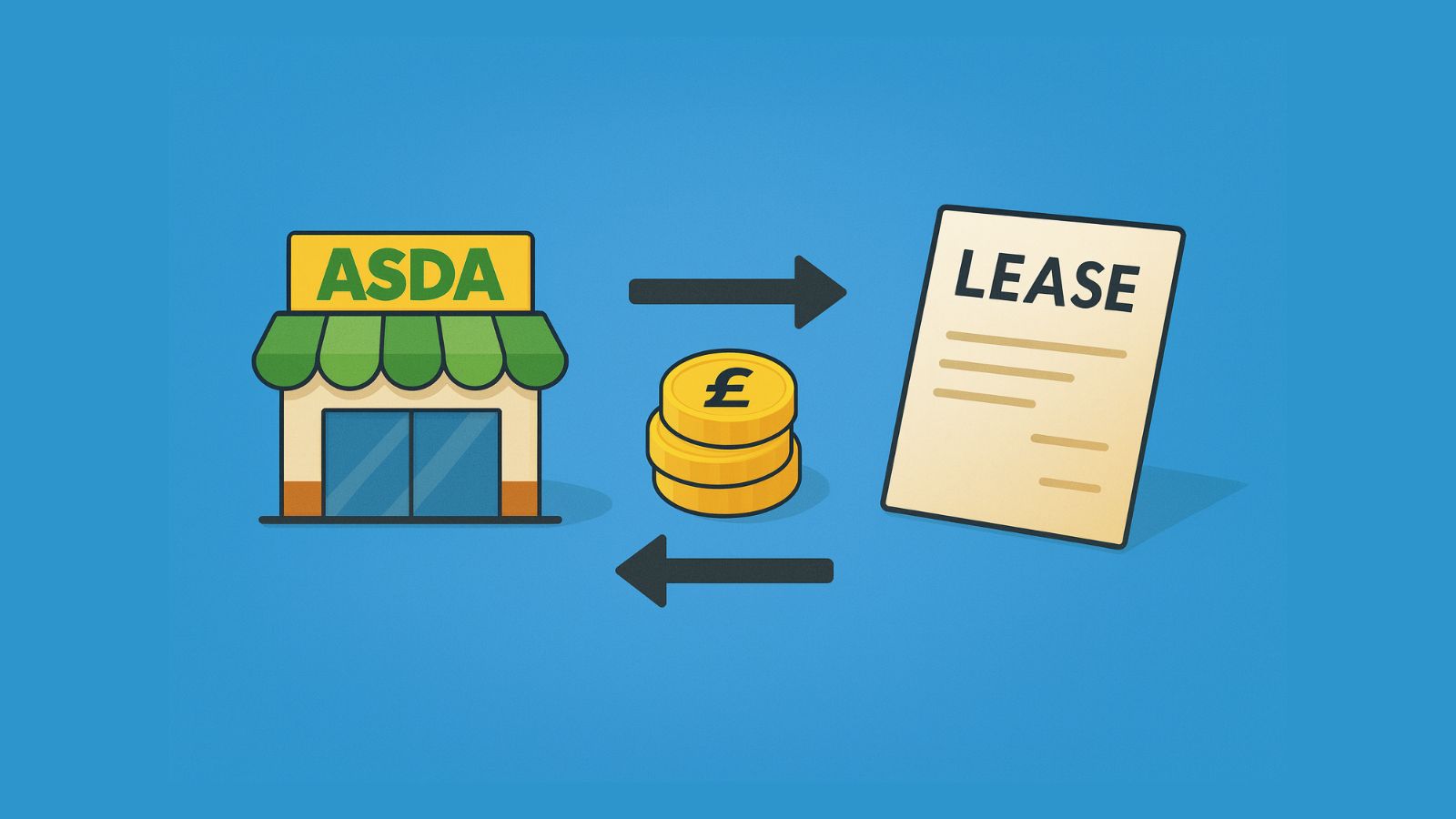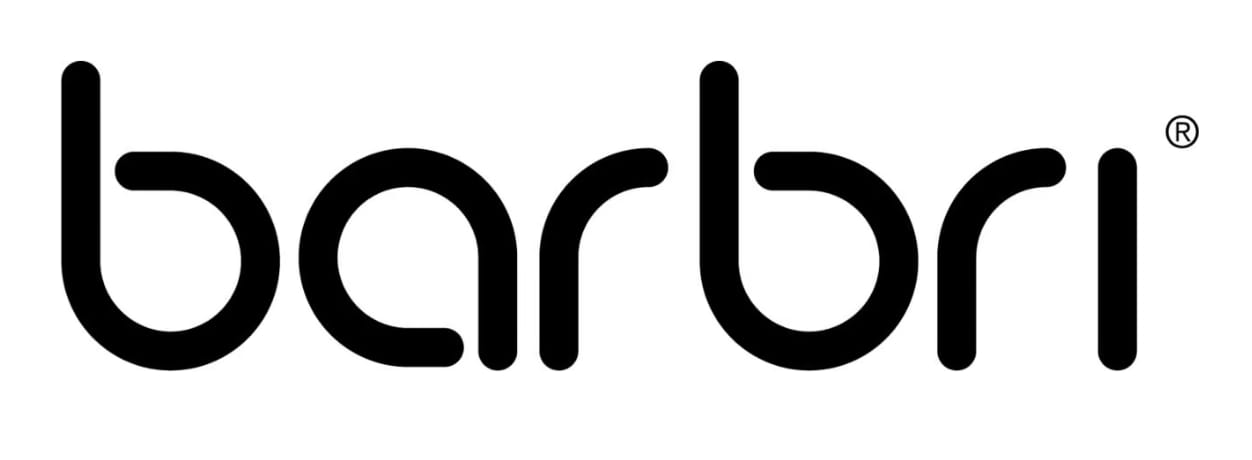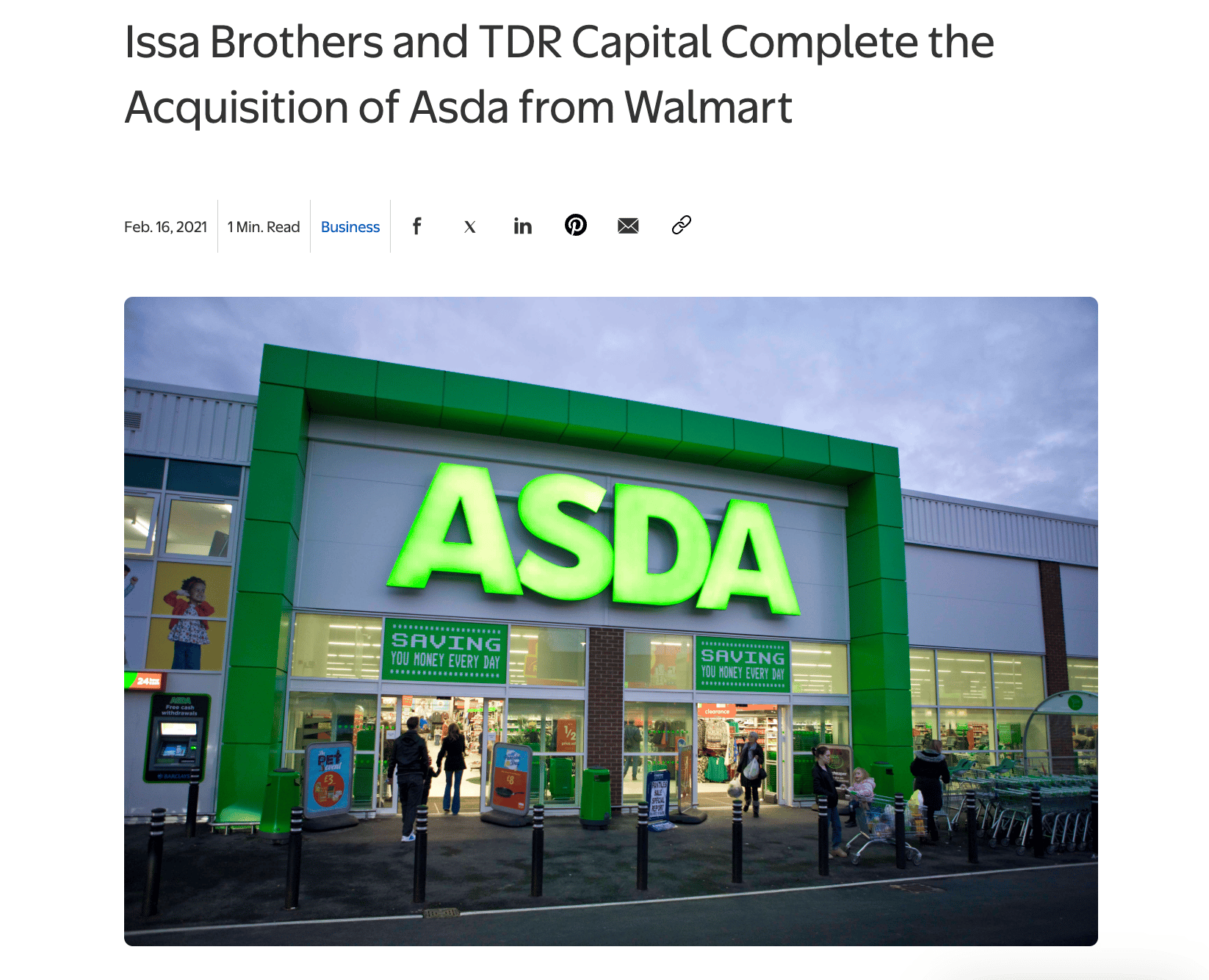- LittleLaw
- Posts
- 🛒 Asda sold its stores (but didn’t move out)
🛒 Asda sold its stores (but didn’t move out)

Together with
Table of Contents
If you take just one thing from this email...
A sale-and-leaseback gives a company fast cash without interrupting its business.
Asda used this approach to pay down rising debt, but it now has to pay rent on buildings it used to own.
It’s a useful tool for struggling companies, but some think it signals a business under financial pressure.

EDITOR’S RAMBLE 🗣
You might have noticed LittleLaw partnering with more law firms this year — which has meant more work for us!
So, I’m hiring a Client Delivery Coordinator to help keep things running smoothly.
If you want hands-on exposure to commercial law in a media startup, this could be right for you.
– Idin
P.S. On Friday, we’re dropping a one-off Budget explainer. It’ll cover how to talk about the Budget in your law applications and interviews.

FEATURED REPORT 📰
🛒 Asda sold its stores (but didn’t move out)

What’s going on here?
The supermarket chain Asda has sold some of its buildings and agreed to rent them back. This type of deal is called a sale-and-leaseback.
The buildings were sold to two separate buyers, raising £467 million for Asda.
What is a sale-and-leaseback?
It’s when a company sells something it owns, then rents it back straight away. Think of it like selling your house but staying in it as a tenant. You get the cash from the sale, but you still get to use the space.
That is what the supermarket chain Asda has done. It has sold some of its stores to investors but carries on using them by paying rent.
The company and the investor agree the terms of the lease. These are usually long-term so the company knows it can stay for many years.
Sometimes the deal also includes an option for the company to buy the property back later down the line.
Why has Asda done these sale-and-leaseback deals?
Companies use sale-and-leasebacks when they need cash but still need to keep using their assets.
Imagine you sell your house to get some cash, then rent it from the buyer so you can stay in it. You’ll lose ownership, but you get a large lump of money straight away.
People do this when they need to pay off a loan or deal with rising costs. Selling the house helps them cover the debt without forcing them to move out.
It solves the cash problem while keeping daily life the same.
And that’s a bit like the position Asda is in — the supermarket chain needed cash to pay off a growing debt it still owes to Walmart (the company that used to own it).
Back in 2021, Asda was bought by TDR Capital (a private equity firm) and the Issa brothers (two British billionaire businessmen — good luck saying that three times fast) for £6.8 billion.
At that time, the buyers didn’t pay Walmart (the seller) the full amount upfront. Instead, they put in £200 million in cash. Walmart kept £500 million invested in Asda and held a 10% stake.
That £500 million works like a loan, with interest added to it every year. Asda does not pay this interest yearly. Instead, the interest gets added to the original £500 million and the loan balance increases. If nothing changes, the total amount could reach about £900 million by 2028.
The interest rate also rises over time — and it’s set to jump next year. This means the longer Asda waits, the more expensive the debt becomes.
So Asda wants to pay off this debt early, before the interest rises again. The sale-and-leaseback deals help with this. Selling the physical stores gives Asda almost £600 million in cash, which it’ll use to repay most of what it owes Walmart.
Who bought Asda’s stores and why?
Asda sold the sites to two different types of buyers.
The first buyer was Blue Owl, a large US investment firm. They bought 20 stores and a depot.
The second buyer was DTZ, an investment manager acting for three local council pension funds. They bought four supermarkets (in Birmingham, London, Coventry and Leeds).
These investors like sale-and-leaseback deals for a simple reason: they offer predictable, long-term income. When Asda sells a store, it then signs a long lease to rent it back. These leases usually last 25 years, with an option to extend for another 10. That means the property will stay occupied and rent will be paid for decades.
Supermarkets are also seen as safe bets. People always need food, and large chains rarely close stores. For investors, this makes the risk low and the return steady. They get reliable rent, while Asda gets the cash it needs.
⚠️ The concerns around sale-and-leasebacks
Sale-and-leasebacks give a company quick cash today, but they make the business more expensive to run in the long term.
Once the property is sold, the company must pay rent on a site it used to own, and that rent can rise when the lease is renewed. So short-term relief can turn into higher fixed costs later.
There’s also a worry that selling off lots of buildings is a sign the owners are taking money out of the business rather than building it up. This can look like they are focusing on quick cash instead of long-term growth.
Because Asda is already losing money and its market share is falling, these sales make staff worry that more cuts — or even job losses — could follow.
How can I use this in my applications?
In your assessment centre, you’ll probably be given a case study exercise.
In it, you could be asked to advise a company that’s struggling financially — a client might be short on cash, struggling with rising debts, or looking for ways to raise money without disrupting day-to-day operations.
Sale-and-leasebacks are a simple, commercial option you can suggest to show you understand how to think practically about a business’ needs.
Here are a few different scenarios, and how you could mention this solution if you see them.
Scenario you’re given | What you should say |
|---|---|
The client needs cash fast and owns valuable assets (e.g. property) | Consider suggesting a sale-and-leaseback. For example, they can sell the building to raise cash quickly, then rent it back so operations continue as normal. It’s a realistic option to release cash flow pressure. |
The client owns high-quality property that investors would want | This could also support a sale-and-leaseback route. Explain that investors like these deals because the leaseback guarantees rent for decades. The site stays occupied by a strong tenant, so the investment feels safe and low-risk. |
The client has rising debt costs or a loan with increasing interest | Say that a sale-and-leaseback could free up cash to repay expensive debt early. |
The client must keep the business running without disruption | Point out that this option raises money without forcing the client to move sites or pause operations. |
The client appears close to insolvency | Mention that, at this stage, directors’ duties shift to protecting creditors (the people the company owes money to). Any sale must be at a fair, market price. If the company sells something too cheaply, or treats some creditors better than others, the deal can be challenged or undone. The directors could even face personal consequences if they get it wrong. |
If you see a client with a debt, cash flow problems, or pressure to “raise funds quickly” in a case study, a sale-and-leaseback could work as an option.
Discussing it shows you can think like an experienced lawyer — offering practical solutions that work in real life.

TOGETHER WITH BARBRI* 🤝
Worried legal study will take over your whole life?
Most people are (and I get it).
When you picture SQE prep, you think late nights, falling behind, and feeling guilty every time you’re not studying.
BARBRI’s courses are designed to avoid all of that. Whether you’re starting with Foundations, SQE1, SQE2 or even the US Bar, the whole system is designed around your life — not the other way round.
Here’s what keeps things manageable:
Fully online, on-demand
Structured study plans that stop you from getting lost
Short sessions you can fit around your life, work (or even your commute)
Practice questions, mocks and workshops to learn in small steps
It’s everything you need to stay consistent — and actually succeed.
Right now, BARBRI’s offering 15% off across all courses (their best discount of the year).
* This is sponsored content

IN OTHER NEWS 🗞
🤖 Ropes & Gray is incentivising junior lawyers to learn AI. The international firm now wants first-year associates to spend 20% of their time on AI training instead of regular work. This programme is spreading from the US to the UK and aims to promote lawyers to use new tools and write prompts.
📰 The Daily Mail’s owner is buying the Telegraph for £500 million. The Daily Mail group is purchasing the newspaper from a company called RedBird IMI. The two law firms involved are Slaughter and May (advising the buyer) and Gibson Dunn (advising the seller). Both law firms have worked with these clients before on other projects. Now, the companies just need sign-off from regulators to finish the transaction.
📉 Lawyers in the UK are struggling with mental health issues. According to a new report from Chambers and Partners, senior associates ranked lowest in satisfaction — with many planning to quit law within five years. They were reported to be less satisfied than both the trainees below them and the partners above them. The report showed that lawyers at local firms mainly complain about low pay, while those at big international firms struggle with burnout and a lack of future career growth.

AROUND THE WEB 🌐
🥩 Pricey: M&S has defended its £195 beef wellington
🗺️ Exploring: Test your geography knowledge by identifying the neighbouring countries
🍞 Salty: An Australian prisoner is suing the government for his right to eat Vegemite (a yeast-based spread similar to Marmite) in jail

STUFF THAT MIGHT HELP YOU 👌
💻️ Free application advice: Check out my YouTube channel for actionable tips and an insight into the lifestyle of a commercial lawyer in London.
📁 Law firm application bank: A growing library of real, verified successful applications for training contracts and vacation schemes. Helpful if you want to learn from others who answered the same questions you’re stuck on.
📝 Write winning law firm applications: A practical course to help you write clearer applications, faster. Avoid common mistakes, learn how to structure answers properly, and get lifetime access to future updates. Try it for 14 days, risk free.
How did you find today's newsletter? |

